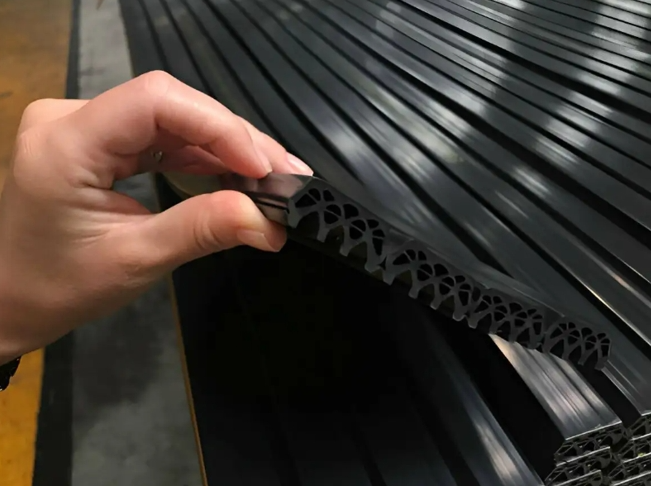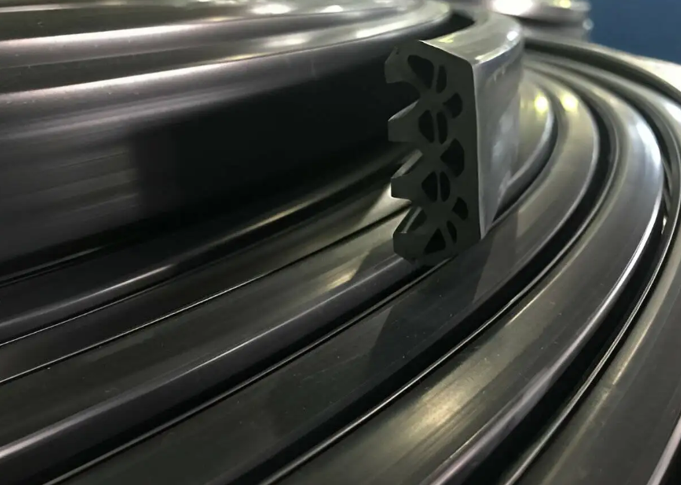
Plastic manufacturing often involves two popular methods: plastic extrusion and injection molding. But what are the differences between these two processes? Understanding these differences can help businesses choose the right method for their needs. So, what is plastic extrusion? It is a highly efficient process that GD HUB excels in, especially for longer production runs. This method involves melting thermoplastic materials to form intricate shapes. On the other hand, injection molding is known for its ability to produce
complex shapes with high precision. Both methods have their unique advantages and applications, making them essential in various industries.
Overview of Plastic Extrusion and Injection Molding
Understanding the differences between plastic extrusion and plastic injection molding begins with knowing what each process entails. Let's dive into the basics of these two popular manufacturing methods.
What is Plastic Extrusion?
Plastic extrusion is a fascinating process that transforms raw plastic materials into continuous shapes. But what is plastic extrusion exactly? It involves melting thermoplastic materials and forcing them through a die to create long, uniform profiles. This method is highly efficient and cost-effective, especially for longer production runs.
Definition and Basic Principles
In plastic extrusion, the process starts with feeding plastic pellets into a heated barrel. The material melts as it moves through the barrel, pushed by a rotating screw. Once melted, the plastic is forced through a die, shaping it into a continuous profile. The extruded plastic then cools and solidifies as it exits the die, ready for further processing or cutting.
Common Applications
Plastic extrusion finds its place in numerous industries due to its versatility. GD HUB excels in creating products like pipes, tubing, window frames, and plastic sheeting. The process suits applications requiring uniform cross-sections, making it ideal for automotive, medical, and consumer goods industries. From irrigation tubing to children's toys, the possibilities are vast.
What is Plastic Injection Molding?
Plastic injection molding is another widely used manufacturing process, known for its ability to produce complex shapes with high precision. This method involves injecting molten plastic into a mold to create detailed parts.
Definition and Basic Principles
The plastic injection molding process begins with heating plastic pellets until they melt. The molten plastic is then injected into a mold cavity under high pressure. Once the plastic cools and solidifies, the mold opens, and the finished part is ejected. This method allows for intricate designs and is perfect for high-volume production.
Common Applications
Plastic injection molding is prevalent in industries that require detailed and complex components. It's commonly used to manufacture parts for automotive, electronics, and medical devices. Products like car dashboards, electronic housings, and medical equipment often rely on this precise process.
Detailed Process of Plastic Extrusion

Plastic extrusion is a fascinating journey from raw material to finished product. Let's break down the steps involved in this efficient manufacturing process.
Steps in the Extrusion Process
Material Preparation
The first step in the plastic extrusion process involves preparing the material. Technicians start by selecting the appropriate thermoplastic pellets, such as PVC or ABS. These pellets are then fed into a hopper, which ensures a steady flow into the extrusion machine. This preparation is crucial as it sets the stage for a smooth and consistent extrusion.
Extrusion and Cooling
Once the material is ready, the real magic begins. The extrusion machine heats the plastic pellets until they melt. A rotating screw pushes the molten plastic through a die, which shapes it into a continuous profile. This step is where the plastic extrusion process truly shines, allowing for the creation of uniform shapes like tubes, sheets, and pipes. As the extruded plastic exits the die, it enters a cooling chamber. Here, the material solidifies, maintaining its newly formed shape.
Cutting and Finishing
After cooling, the continuous plastic form moves to the cutting stage. Technicians cut the extruded material to the desired length, creating individual parts. This step is essential for tailoring the product to specific applications. Finally, the parts undergo any necessary finishing touches, such as trimming or surface treatments, to ensure they meet quality standards.
GD HUBexcels in this process, offering precision and efficiency at every stage. Their expertise in extrusion allows them to produce high-quality products tailored to various industries. Whether it's creating intricate profiles or ensuring rapid delivery, GD HUB's commitment to excellence makes them a leader in the field.
Start Your Custom Project Today
Discover how GD HUB's Custom Plastic Extrusion Services can meet your unique needs. Contact us now!